Look on any bistro or pub menu in America and you'll likely find the term caramelized onions as an option for your burger. The word "caramel" may conjure up images of candy, which is somewhat correct.
When high temperatures are applied to certain foods, the sugars within them turn brown and release a delicious, sweet, nutty flavor. In other words, they turn to caramel. While this is readily apparent in the crunchy brown surface of crème brûlée (literally "burnt cream" in French) and Bananas Foster, caramelization is an important process that can take fruits and vegetables to another level.

Sugar candies in various states of caramelization.
Caramelization, in fact, is an important cooking technique to master because it not only enhances the taste of a dish, but also how it looks by adding dark colors to the presentation. Becoming familiar with caramelization techniques means you can add all sorts of dimensions to your dishes with little to no extra work at all.
Is the Maillard Reaction the Same as Caramelization?
In a word, no, though the results are similar (i.e., browned, tasty food). The Maillard reaction requires that proteins and sugars both be present for that browned surface on your steak to appear. It also happens at much lower temperatures (around 285°F/140°C).

Beef and vegetables both brown over heat, but their reactions are not technically the same.
Caramelization is quite another matter. It requires only sugars and needs a higher temperature to initialize (about 320°F/160°C).
Mastering Caramelization
Any fruit or vegetable, because of their already existing sugars, will caramelize when exposed to high temperatures. Exceptionally sweet fruit like figs, peaches, pineapples, and bananas will caramelize especially well. You could happily serve a plate of grilled pineapple as a dessert with no further embellishment needed.

Grilled pineapple, no sugar added.
There are three quick ways to caramelize fruit in just minutes. Remember that in order for caramelization to happen, you'll need high heat—or even a direct flame. A small kitchen torch is a handy tool to really bring out the flavor in desserts and fruits—plus it has a surprising number of other great uses, too.

[http://www.foodnetwork.com/recipes/emeril-lagasse/pumpkin-creme-brulee-recipe.html Pumpkin creme brulee], a nice alternative to pumpkin pie.
While a torch isn't expensive, there's a simpler tool that you probably already have in your house. It's the long-reach piezo lighter that you probably have on hand for candles or grills. This is obviously only useful for smaller fruits. You'll be there a while if you're trying to caramelize a baker's pan of melon or pineapple strips.
For larger jobs, your broiler is your best friend. Get the pan as close to the flame without having it touch the fruit, but keep a sharp eye on how your fruits are doing. No one wants to eat blackened peaches!
Tricks for Caramelizing Onions
The aforementioned caramelized onions are a popular addition to many dishes, and for good reason. Not only are onions cheap and nutritious, caramelizing them provides a huge amount of flavor for relatively little effort. Plus, you can cook up giant batches ahead of time, which is very convenient.

Caramelized onions are great with meat, on salads, served atop other veggies, or in tarts and quiches.
Here are a few tips for great caramelized onions: be sure to buy sweet onions, otherwise your onions will just taste overly browned rather than have that irresistible sweet/savory flavor. According to Cook's Country Magazine, be careful not to cut your onions too far in advance. Diced onions over two days old lose a lot of water and structural integrity and will taste flavorless or burned once you try to caramelize them.
If you want to cut down on caramelizing time (often the biggest complaint among cooks vis-à-vis onions), try this little trick.
Tricks for Caramelizing Vegetables
To find the best vegetables for caramelizing, you need to find out which ones have the most sugar. Unsurprisingly, many of them are root vegetables. Onions, carrots, parsnips, and beets all have high levels of sugar. Beets, in fact, are used to make table sugar. Peppers and corn are also prime candidates for caramelization.

Pre-caramelized carrots vs. caramelized carrots. Caramelized looks way better, right?
As Francis Lam explains, the key to getting really great caramelized vegetables besides heat is having the most surface area available on your veggies. The more area is exposed to flame, the more opportunity there is for flavor.
Grilling, roasting, and broiling are all optimal for caramelizing vegetables, but the really important thing to note is how you slice them. Long and thin (as seen in the carrots pictured above), will provide maximum surface for caramelization. Tiny dice, as Lam points out, will have more surface area relative to a big cube.
And remember: spread those vegetables in a shallow layer. If they're piled on top of each other, they'll only get mushy, rather than getting that intense, sweet, brown crunchiness that's so desirable.
Caramelization & Other Flavors
There's no limit to the ways that caramelized fruit or veggies can be paired up with other courses and flavors. One great trick is to combine seemingly opposite flavors like sweet figs with salty pork chops. Candied bacon has become incredibly popular, and for good reason.

Just some of the many uses for candied bacon.
Mellow flavors, like some cheeses, can also pair nicely with the buttery sweetness of fruit, as anyone who has snacked on a cheese plate for dessert can attest. What caramelization does is open up new flavor possibilities and move fruits and veggies beyond the realms of desserts and side dishes, respectively.
Wet vs. Dry Caramelization
Finally, if you're baking and looking to make caramel, there are two main ways to do this. The first is wet caramelization. This process involves mixing sugar with a small amount of water and heating it until it becomes sticky/syrupy. Meanwhile, cooking sugar on its own is called dry caramelization.
Both can be done on the stovetop, although the dry caramelization technique requires more care since sugar on its own is more likely to burn. Wet caramelization can also be done in the microwave. Keep in mind that wet caramel will be lighter and, because of the addition of water, can be cooked by high heat immediately. Be sure that the sugar is dissolved completely before it comes to a boil or crystallization will occur.
A nice caramel sauce can be used not just for baking, but as a glaze on proteins like chicken.
Caramelize This!
Want more sweet stuff in your life? Then learn how to make 7-minute caramels in your microwave and dulce de leche from a can.





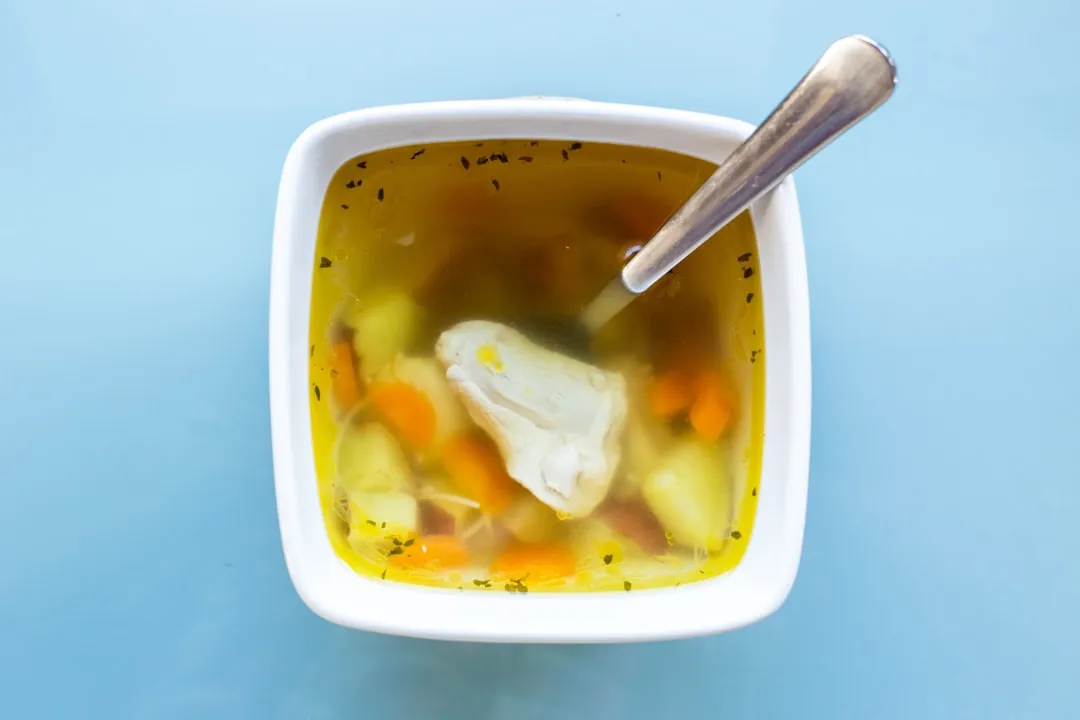
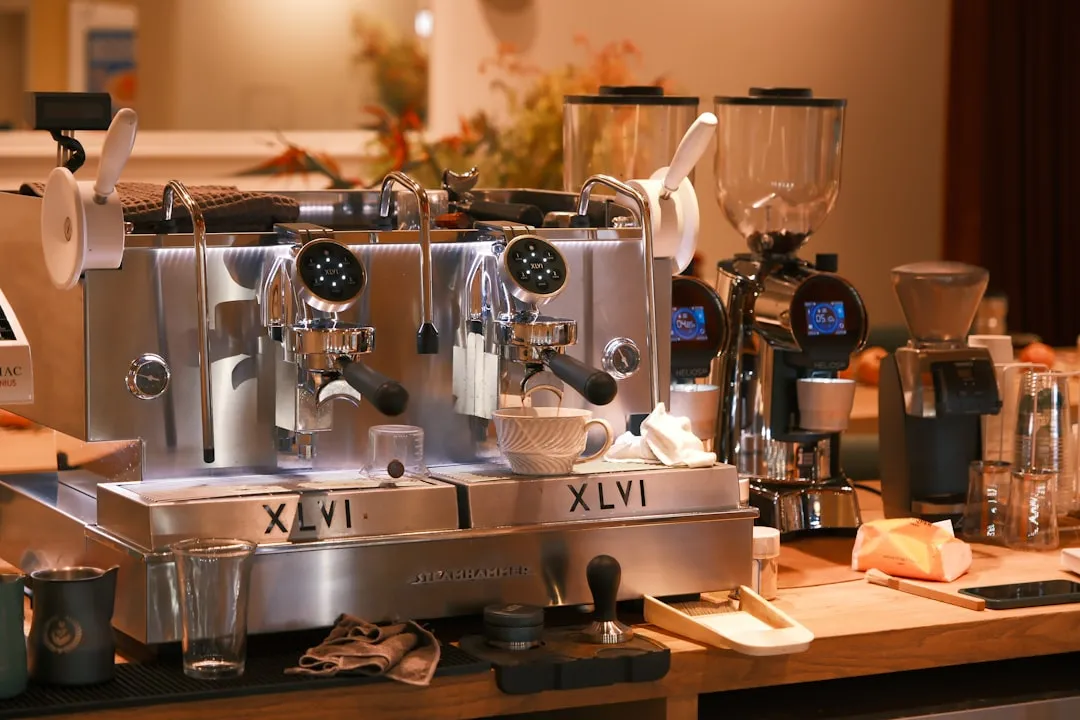



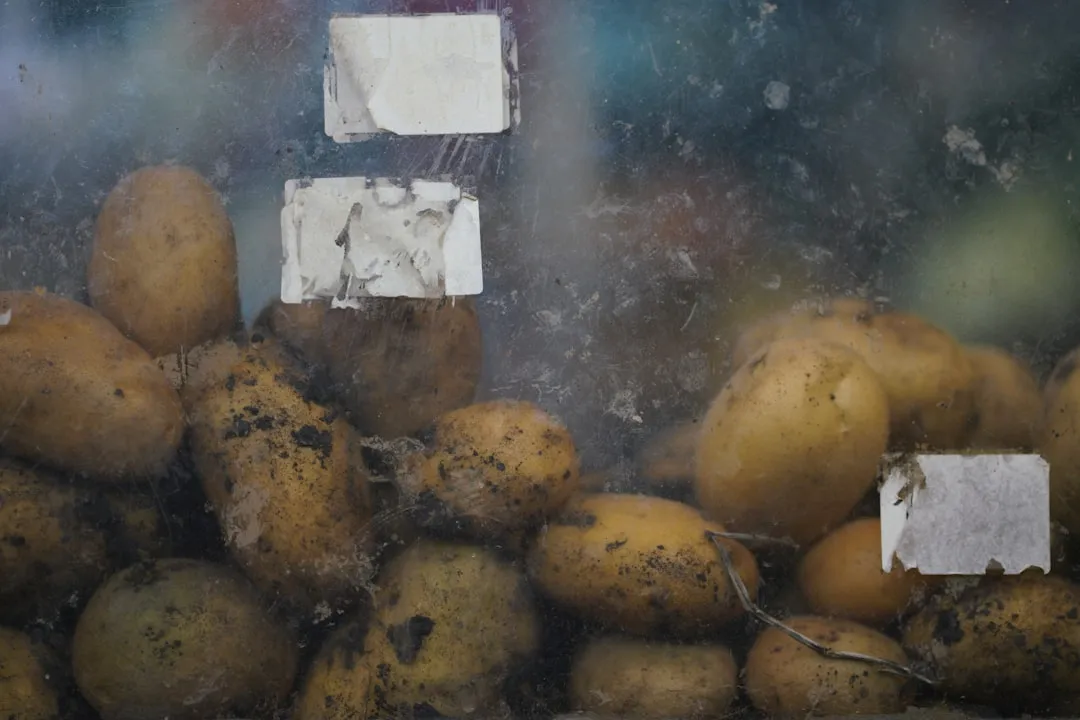
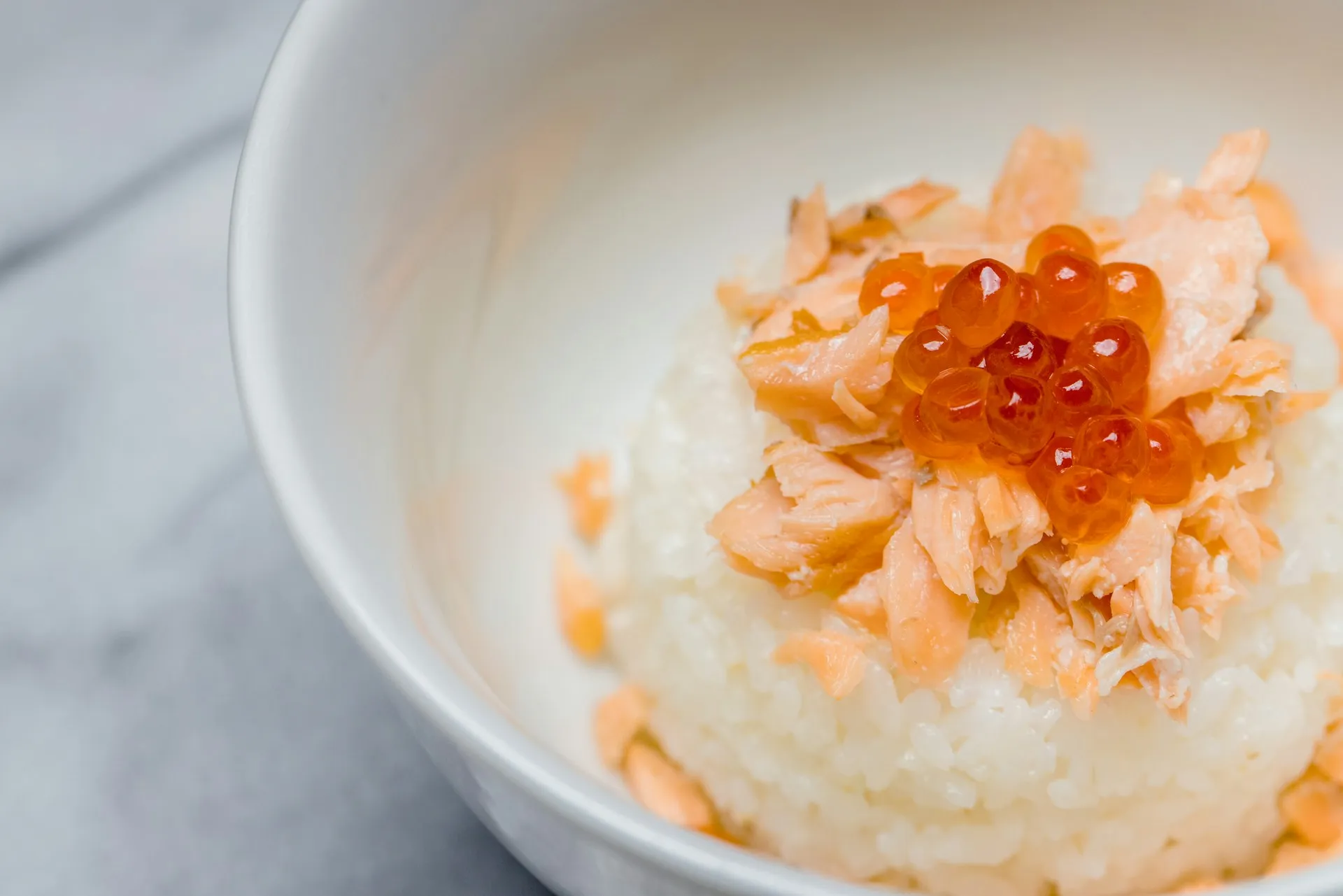

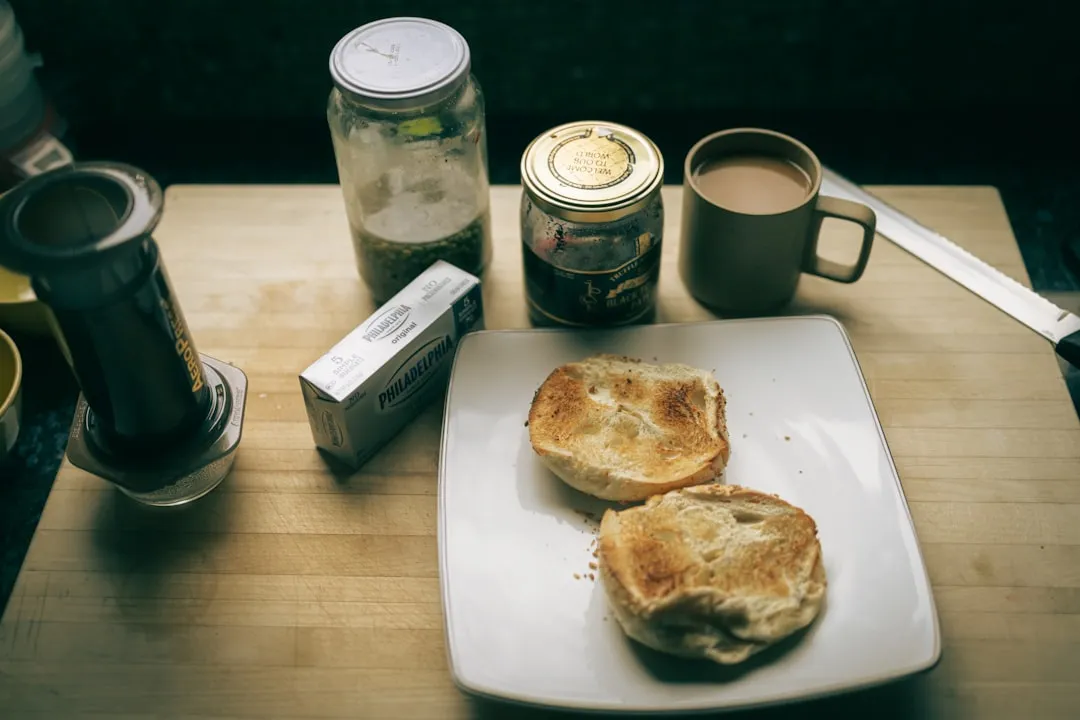
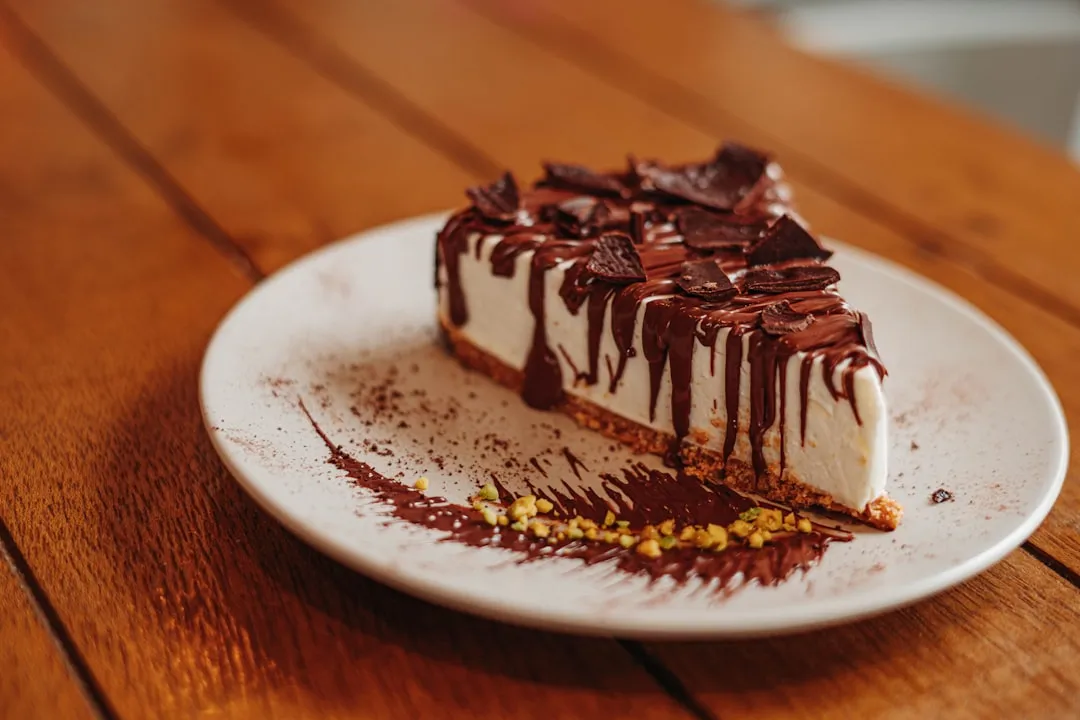


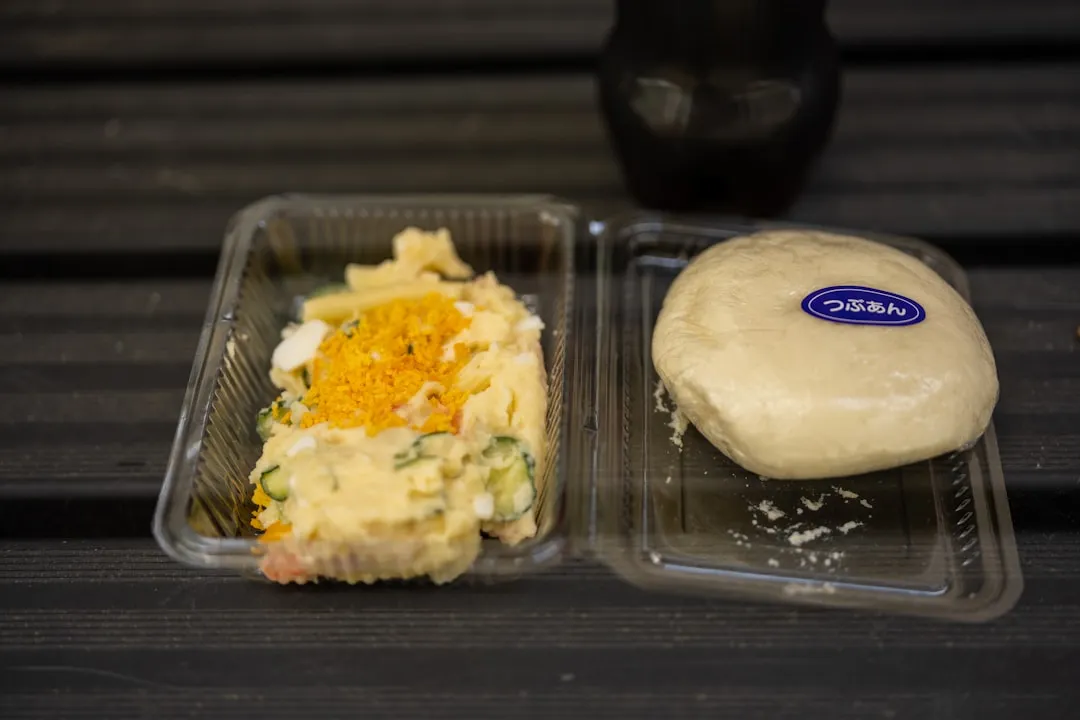

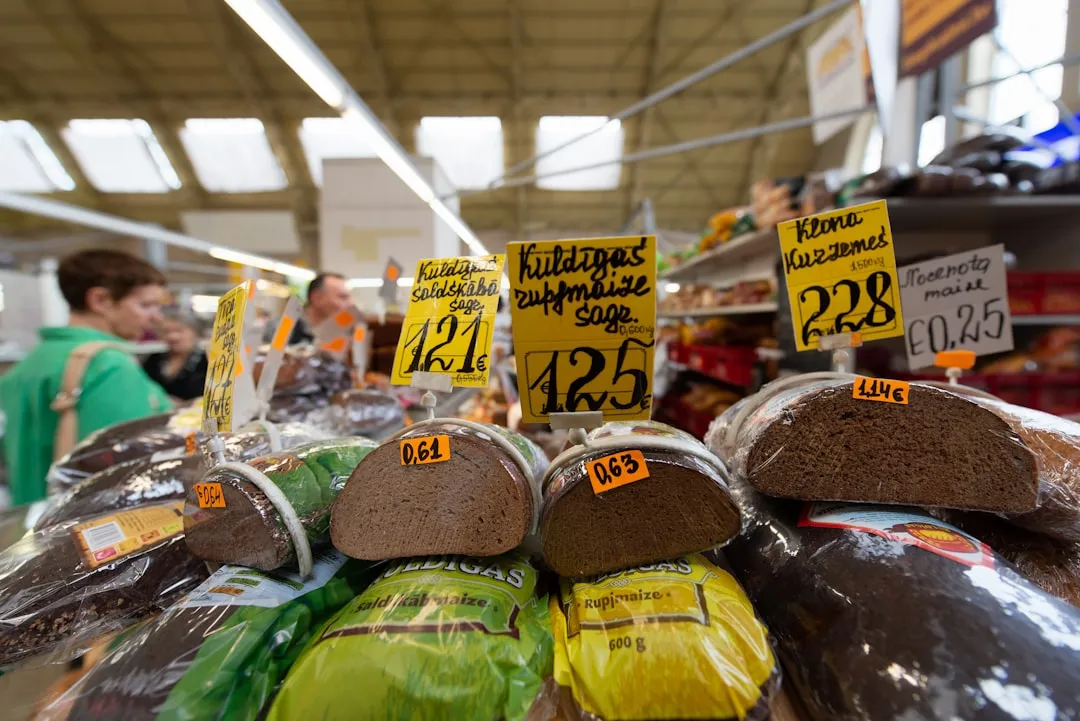





Comments
Be the first, drop a comment!